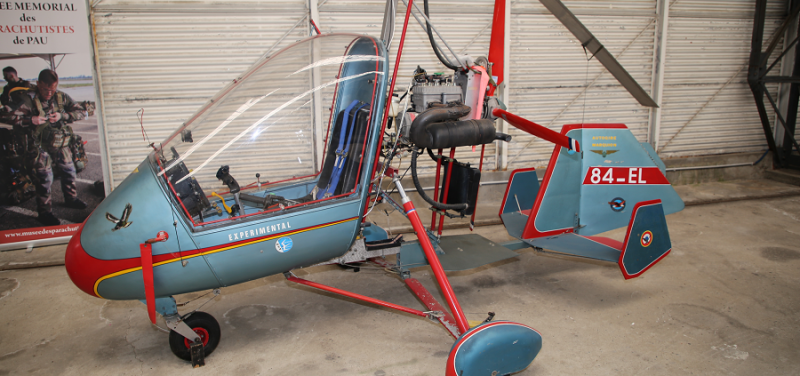
Weathering is an essential aspect of armored fighting vehicles modeling such as tanks, armored cars, self-propelled guns or trucks. It is a technique used by modeler to give the armor model an old, well used and worn out look. During wartime, all sorts of armored fighting vehicles encountered a variety of wear and tear.
Here is a brief guide for weathering an armored fighting vehicle:
1. The first step is to apply washes to the armor model. Prepare the washes by mixing a ratio of 20 per cent matt black paint and 80 per cent thinner.
2. Use a wide flat brush to run the wash freely onto the model, covering only small areas at a time.
3. Once you have coated the entire model, wipe away most of the black using a soft cloth while it is still wet. The washes will provide an "old and used" outlook for the armor model.
4. Next, the painting is highlighted by using a method called "dry brushing". This technique makes use of an almost dry brush by stroking it back and forth over the surface of the model to bring out its details.
5. To obtain good results, use flat sable brushes with different sizes. There are two important elements that you have to take note which is the amount of paint on the brush and the consistency of the paint. Having too much paint on the brush will result in solid patches of color whereas too little paint will leave nothing at all from the brush.
6. When dry brushing, the paint used should be a lighter color over a darker basic coat. Begin by adding white to the basic color and regulate the consistency of the paint. Use the brush to pick up a small amount of paint. Then remove most of the paint off the brush on cardboard or a rag before dry brushing over the surface of the model.
7. After the initial dry brushing is accomplished for the entire model, repeat the procedure by adding more white color to the paint. But this time, apply with a lighter stroke and concentrate only the raised detail. Inspect your work carefully and dry brush again fighting vehicles with an even lighter color if necessary. You should have noticed that after dry brushing, the details on the model appear to be more visible and highlighted.
One of the best ways to learn more about weathering is to look and study photos showing wartime armor vehicles in action. The photos can be obtained from related magazines, books or internet. Every modeler tends to have their own style and favorite weathering techniques. You will eventually create your own as you continue to build more models and gain experience.
Rifle and pistol rounds are usually built around a penetrator of steel or tungsten. Aircraft and tank rounds sometimes use a core of depleted uranium. This penetrator is a pointed mass of high-density material that is designed to retain its shape and carry the maximum possible amount of energy as deep as possible into the target. Depleted-uranium penetrators have the advantage of being pyrophoric and self-sharpening on impact, resulting in incredible heat and energy focused on a minimal area of the target's armor.
Rifle armor-piercing ammunition generally carries its hardened penetrator within a copper or cupro-nickel jacket, similar to the jacket that would surround lead in a conventional projectile. Upon impact on a hard target, the copper case is destroyed, but the penetrator continues its motion and penetrates the substance. Similar armor-piercing ammunition for pistols has also been developed. It is of similar design to the rifle ammo above.
The entire projectile is not normally made of the same material as the penetrator because the physical characteristics that make a good penetrator (tough, hard metal) make the material equally harmful to the barrel of the gun firing the round.
Contrary to common belief, teflon or other coatings on the bullet do not in any way help it penetrate deeper. Teflon-coated bullets were meant to help reduce the wear on the barrel as a result of normal operation. Teflon coating was a trend that has largely faded, in part because of laws resulting from this isconception; there was a brief moral panic over these 'cop-killer bullets', which were said to have been designed to penetrate the body armor worn by police. A moral panic is a mass movement based on the false or exaggerated perception that some cultural behavior or group of people, frequently a minority group or a subculture, is dangerously deviant and poses a menace to society. It has also been more broadly defined as an episode, condition, person or group of persons that has in recent times been defined as a threat to societal values and interests.